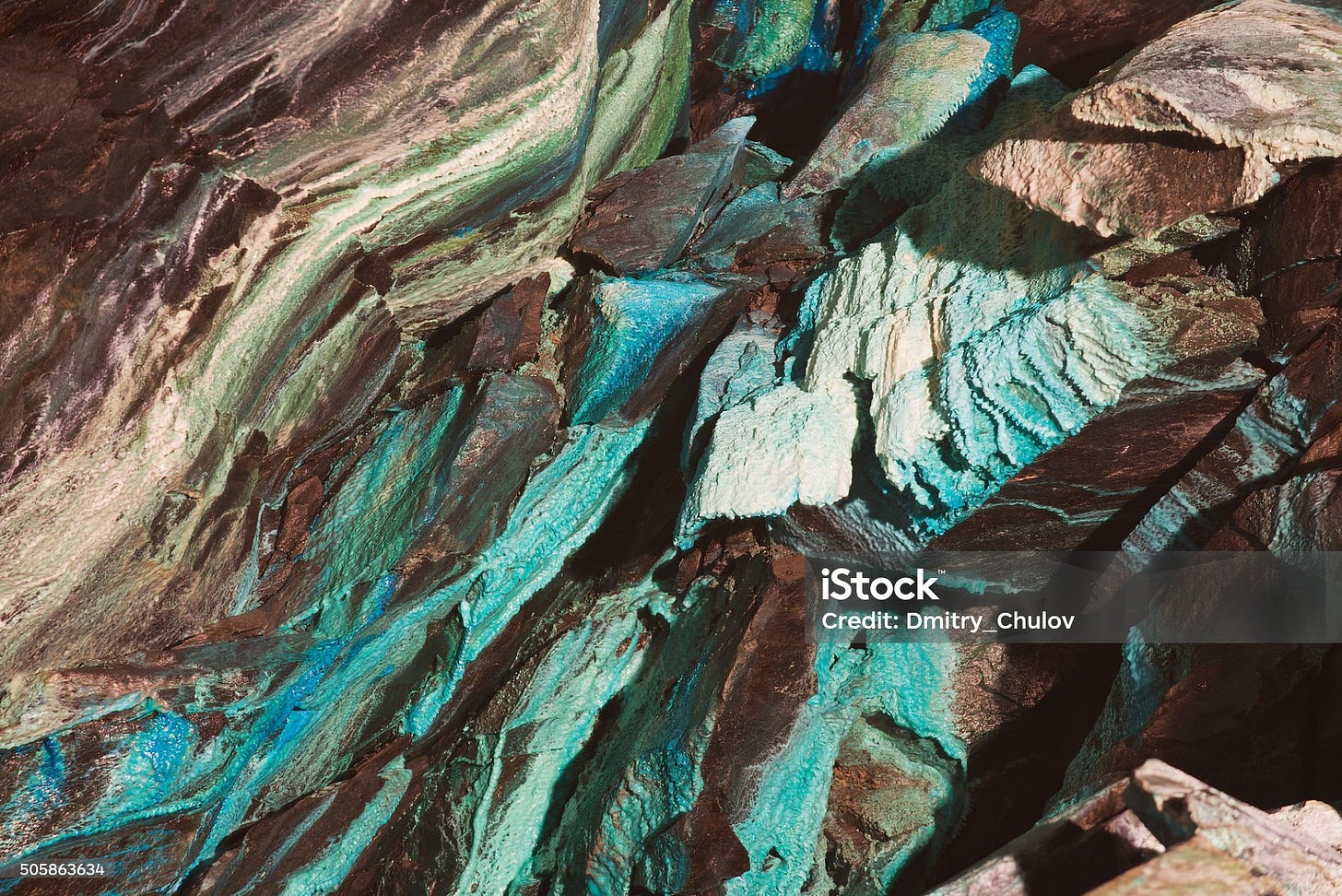September Newsletter
Summer’s over – CODE’s back!
By Jonata Anicetti
Geo-tech competition extends to the critical raw materials (CRMs) that power the fourth industrial revolution, including germanium, gallium, rare earth elements (REEs), platinum group metals (PGMs) and nickel. These minerals and metals are often found in fragile states across the so-called Global South, making minerals diplomacy—the use of diplomatic tools to strategically manage access to and control over these resources—ever more crucial.
In the last few months, the United States (US) minerals diplomacy has gotten increasingly like that of China, with a caveat. The US has been mimicking countertrade practices that China is dismissing. In other words, the US is adopting an arms- and infrastructure-for-minerals model that China considers obsolete or no longer sufficient.
Notoriously, China dominates CRMs markets, often through vertically integrated industries spanning CRM mining and processing. China gained this dominant position partly through countertrade practices, exchanging arms and infrastructure for minerals rights. In the late 2000s, Zimbabwe Ministry of Defence procured twelve K-8 jet trainer aircraft from China, paying with minerals worth US$240 million, while Chinese firms launched infrastructure-for-minerals deals in the cobalt-rich Democratic Republic of Congo (DRC). Initially based on interest-free loans, these arrangements shifted in 2013 with the launch of the Belt and Road Initiative (BRI), when China moved to interest-bearing loans. Beneficiaries often proved unable to repay them, leading to Chinese ownership of infrastructure projects — a practice frequently described as ‘debt-trap diplomacy.’
Minerals-rich countries in the “Global South” lamented the predatory nature of Chinese investment, and started demanding more cooperative formulas, also involving manufacturing beyond infrastructures. In March 2019, Indonesia proposed 28 projects worth $91.1 billion to Chinese investors, as part of its participation in the BRI. The following year, Jakarta banned the export of nickel to attract investment in processing activities. As a result, investments by Chinese original equipment manufacturers (OEMs) have aimed to create a domestic ecosystem of metal and battery production, whereby metals used in batteries are mined and refined locally, before being incorporated into the batteries nearby. For example, Contemporary Amperex Technology (CATL), the largest EV battery manufacturer based in China, invested $5 billion in the construction of a gigafactory in Indonesia in 2020, in addition to an offtake agreement with Indonesian state miner PT Aneka Tambang, whereby 60% of nickel secured from this deal will be processed into batteries in Indonesia.
While China is working to decentralize processing and manufacturing operations, increasingly opting for a more cooperative approach with minerals suppliers, the US has veered towards reshoring production and a more transactional minerals diplomacy. In 2023, under the Biden administration, the US announced the Lobito Economic Corridor, a transcontinental rail network project to facilitate shipping of copper, cobalt, and other CRMs from Sub-Saharan Africa westward through the Lobito port in Angola. The project is financed by the Partnership for Global Infrastructure and Investment (PGI), the Western response to China’s BRI. However, expected to break ground in 2026, the Lobito Economic Corridor may see delay due to the Trump administration’s freezing of a planned $553 million loan from the International Development Finance Corporation (DFC) intended to support the railway infrastructure in Angola.
In April 2025, the Trump administration signed an arms-for-minerals deal with Ukraine. According to the deal, Kyiv is to grant the US preferential access to its natural resources including minerals as well as oil and gas in exchange for war-time aid. Furthermore, the US has imposed indiscriminate tariffs on minerals supplier countries like Canada and Australia. Besides supplying the US with (refined) minerals, Ottawa and Canberra are also members of the Minerals Security Partnership (MSP) or “metallic NATO” (sic), a multilateral initiative launched in June 2022 by the Biden administration together with 13 allies. Clearly, US tariffs enhance minerals insecurity. In fact, even if the tariffs war was to settle, investment in the industry may continue to suffer, as it requires trust built on stable political environments.
But it is never too late. China’s minerals diplomacy is decades-old and, as we have seen, changed through trials and errors. The US has seriously engaged in minerals diplomacy since the early 2020s. Instead of mimicking obsolete and no longer functional models displaying transactional (and confrontational) traits, it is time to revive multilateral initiatives with partners and allies, including the European Union (EU) Global Gateway, which supports “sustainable development, covering the entire raw materials value chain - from extraction and processing to recycling and value-added industries.”
For its part, the EU should increase its financial commitments, particularly as it continues to rely on the US as security provider in minerals-rich regions. So far, the EU and some of its member states have committed around €1.2 billion on the Lobito Corridor, against the $4 billion earmarked by the US. While security guarantees remain essential, the EU’s role as a financial backer must reflect the strategic risks it is outsourcing. Most minerals set to transit the corridor originate in eastern DRC, where Rwanda-supported M23 rebels still hold territory. Last month, the U.S. brokered a fragile ceasefire deal between the DRC and Rwanda before then sanctioning the Pareco-FF armed group, as well as the Congolese mining company CDMC. If the EU intends to rely on the US for security, it should at minimum match American financial commitments to demonstrate good will.
If you wish to dig deeper into these matters, make sure to add the following to your reading list:
1) Carrara et al. 2023. Supply chain analysis and material demand forecast in strategic technologies and sectors in the EU – A foresight study. Joint Research Centre. https://doi.org/10.2760/386650.
Vivoda and Matthews. 2023. ““Friend-shoring” as a panacea to Western critical mineral supply chain vulnerabilities.” Mineral Economics. Volume 37, pages 463–476. https://link.springer.com/article/10.1007/s13563-023-00402-1



